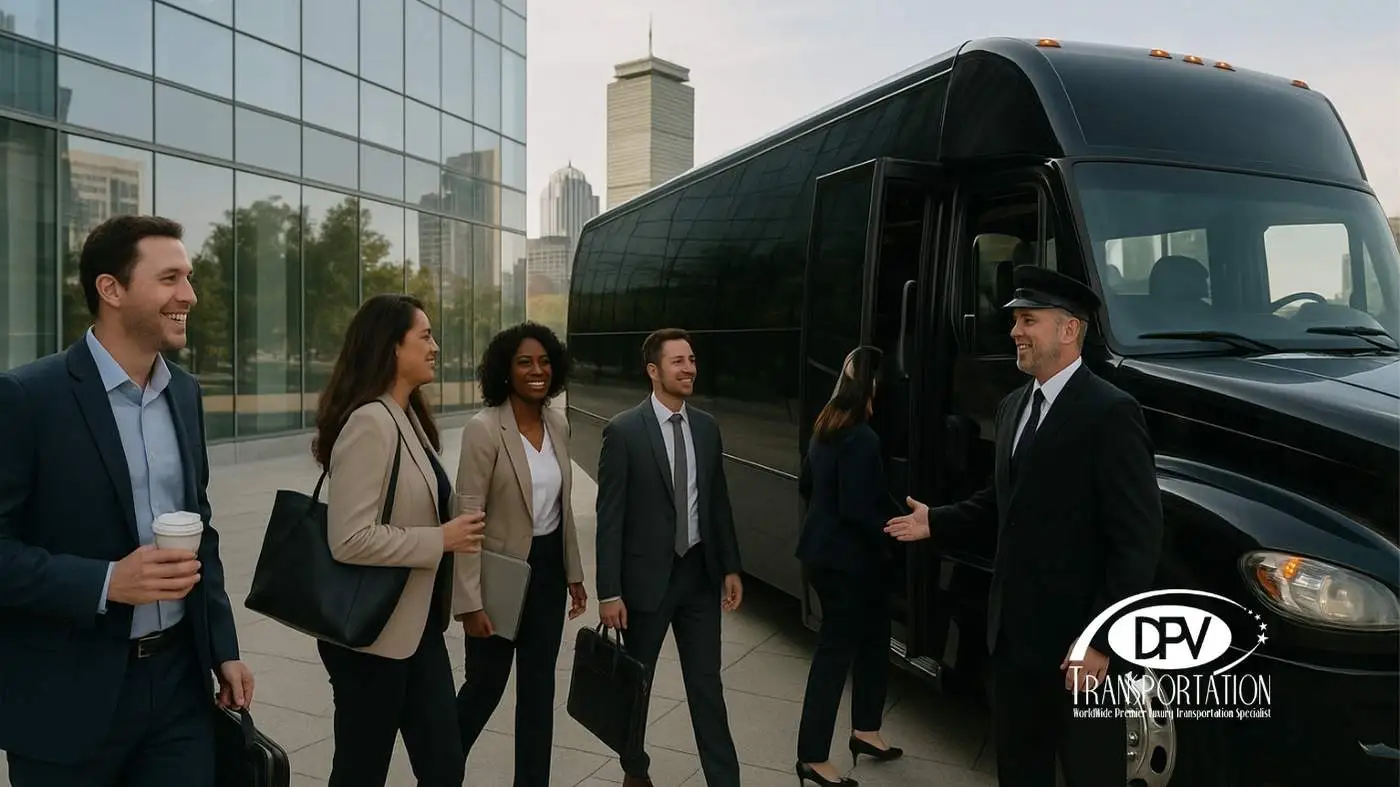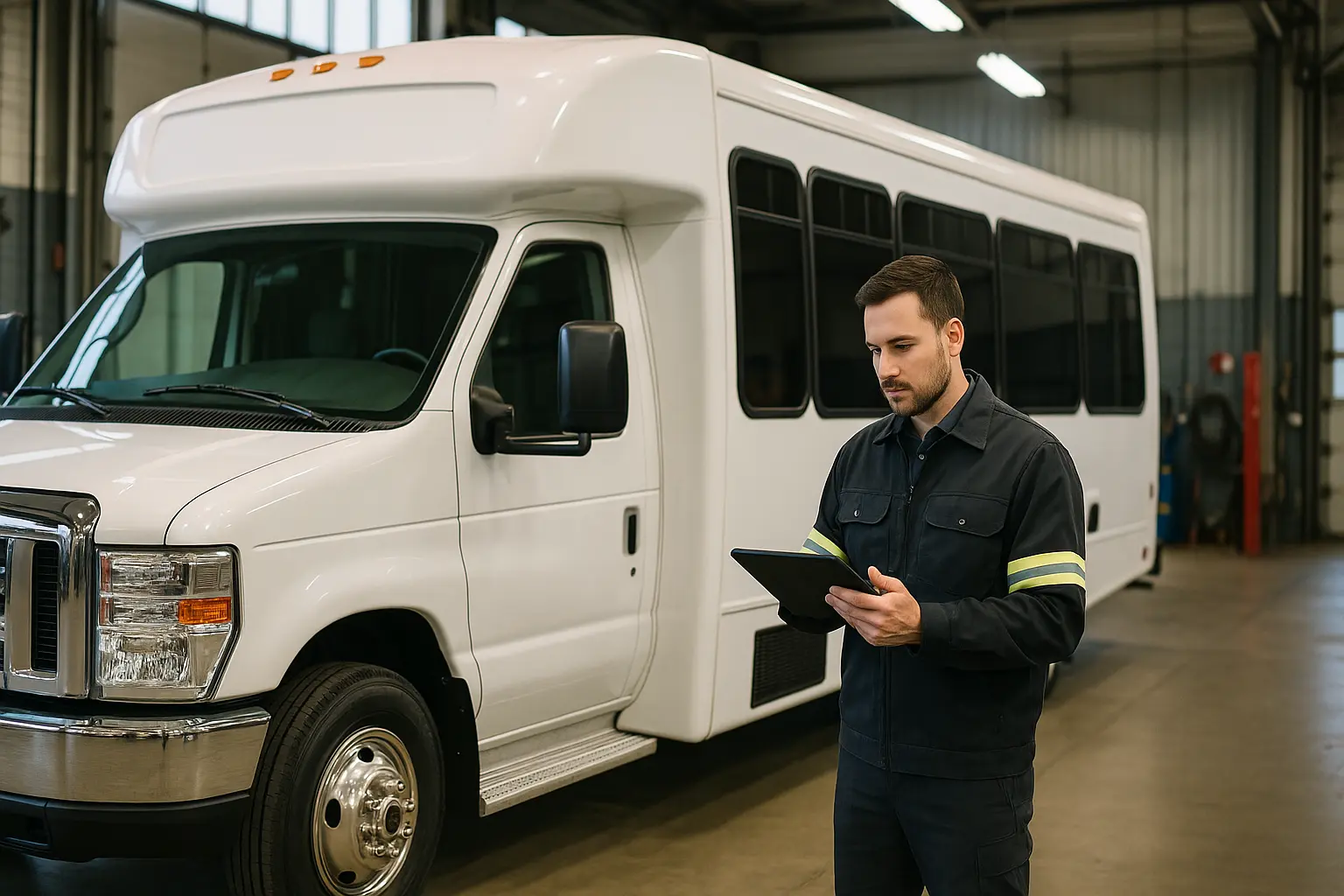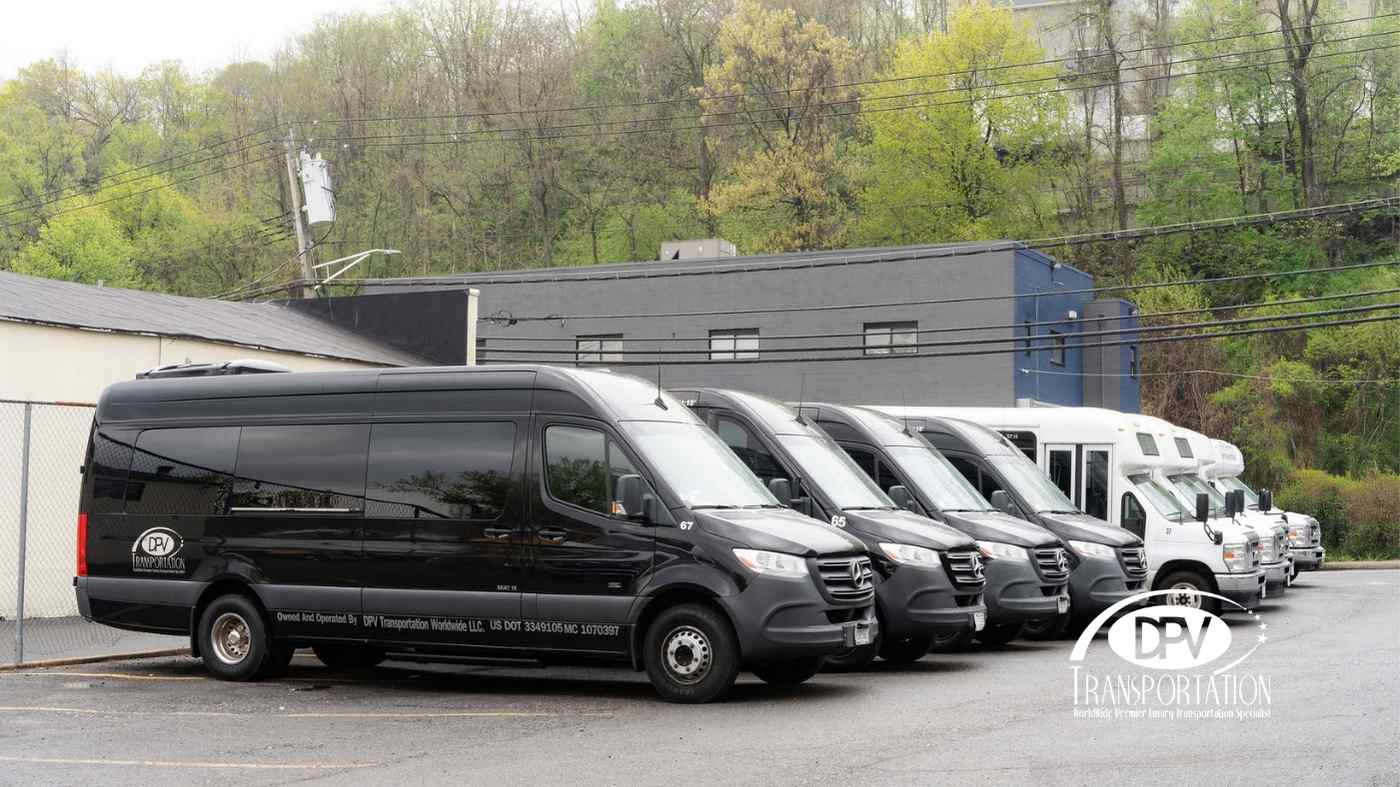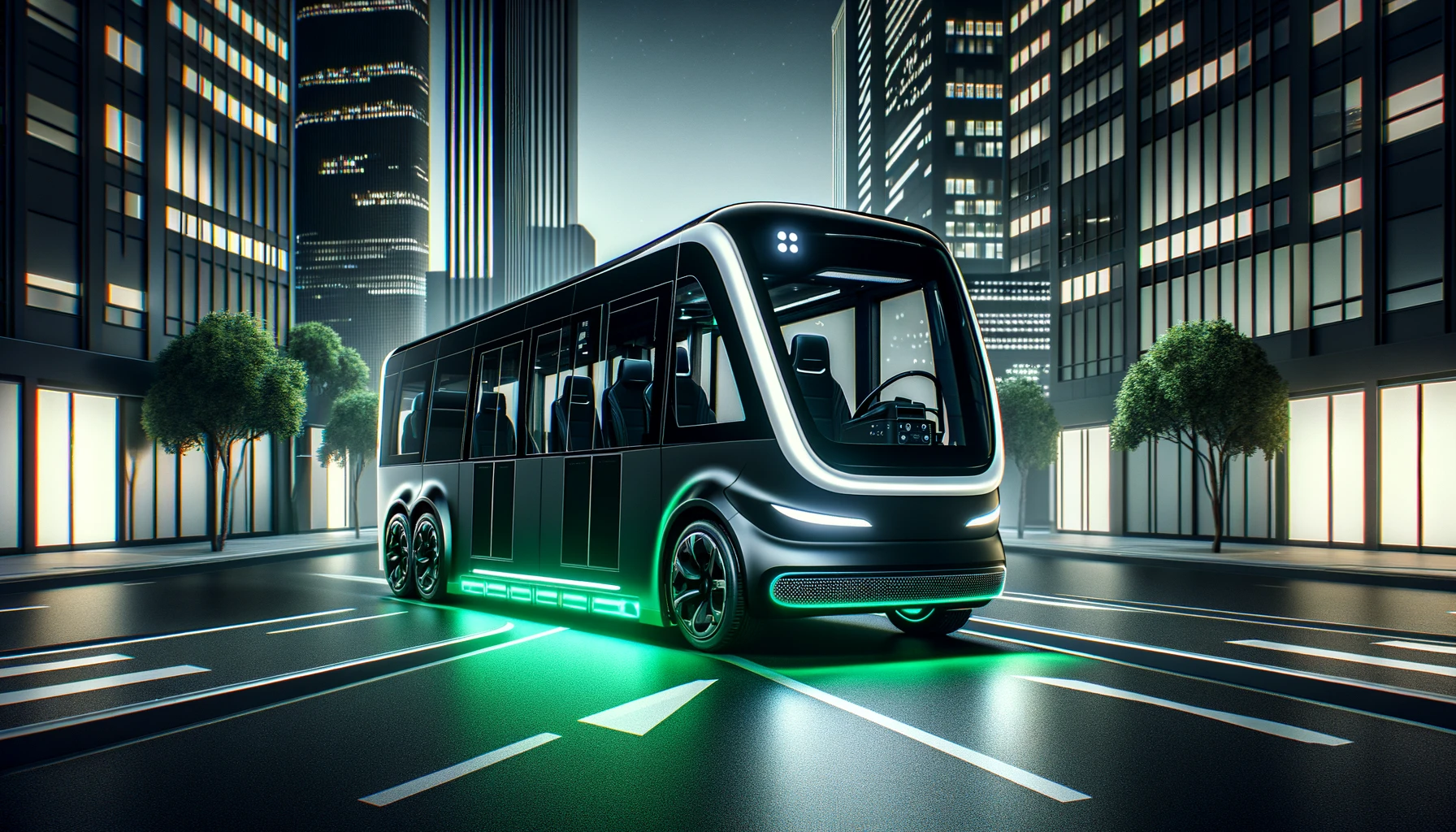Mozee’s Vision for Autonomous Shuttles: Redefining Urban Mobility Without LiDAR
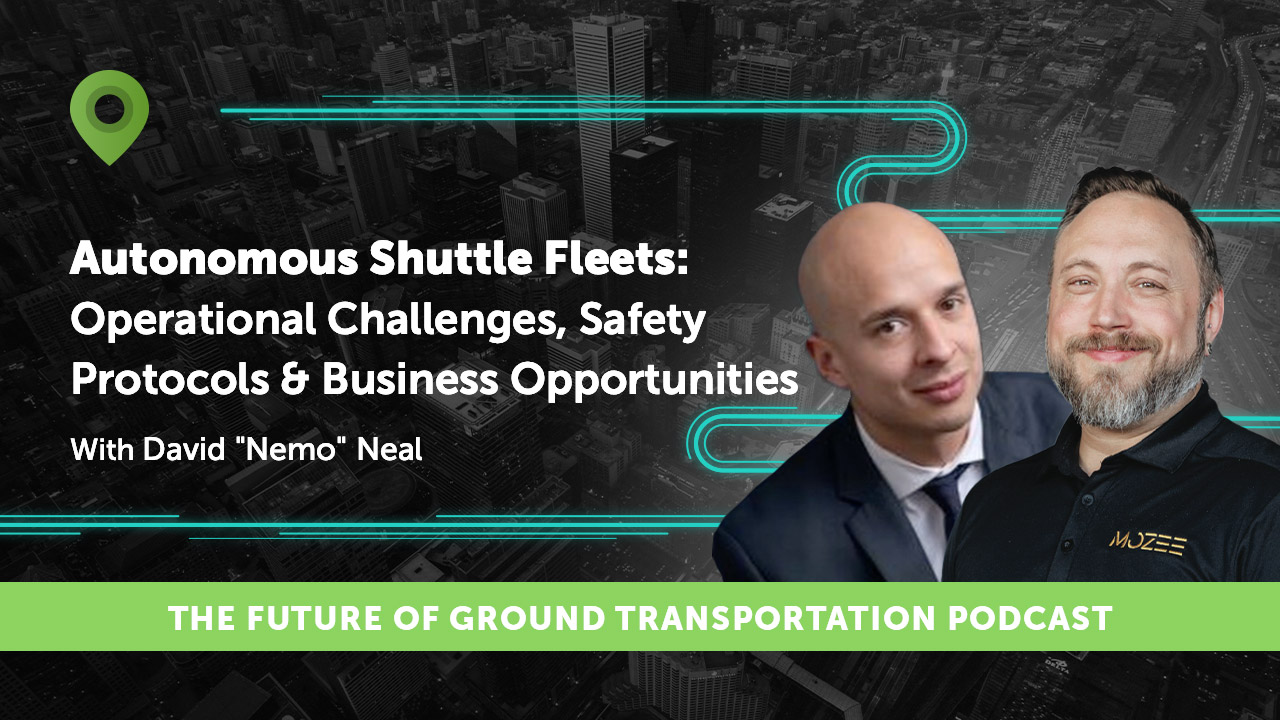
In the latest episode of The Future of Ground Transportation, DPV Transportation CEO Daniel Perez sits down with David “Nemo” Neal, Chief of Design at Mozee, to explore the future of autonomous shuttles. Neal, known for his pioneering work on Local Motors’ Olli project, now leads Mozee’s efforts to reshape urban mobility with a bold vision: shuttles designed as “mobile architectural spaces” powered by AI, cameras, and radar—without LiDAR.
This conversation dives into the challenges, opportunities, and realistic expectations for autonomous vehicles (AVs), offering lessons for business leaders, policymakers, and innovators shaping smart cities.
Watch On YouTube
Shuttles as Mobile Architectural Spaces
Mozee’s design philosophy goes beyond moving people from point A to B. Neal sees shuttles as spaces for community and experience. By treating the interior like an extension of public architecture, Mozee is aiming to reimagine mass transit as inviting, social, and adaptable to urban life.
“We saw the shuttle not as a vehicle, but as a space — a space for community and experience.” – David “Nemo” Neal
A Tech Stack Without LiDAR
While most AV companies rely heavily on LiDAR, Mozee has taken a different path. Their shuttles use:
- Cameras + AI vision algorithms for core perception.
- Radar & infrared for redundancy, especially in poor weather.
- Interior sensors to ensure passenger safety during nightlife routes or events.
By skipping LiDAR, Mozee reduces cost and complexity, making scaling easier without sacrificing safety.
Building Public Trust Through Safety & Stewards
Adoption of AVs hinges on trust. Mozee addresses this with:
- Human “Safety Stewards” onboard during early deployments.
- Transparent communication of safety protocols.
- Redundancy in detection systems to minimize risk.
Neal emphasized that regulators and the public alike are increasingly positive, but trust must be continually earned through reliable performance.
The Long Road to Level 5 Autonomy
Despite the hype, Neal predicts that true Level 5 autonomy—vehicles operating anywhere, anytime, without human intervention—is at least 20 years away. The barrier isn’t just technology; it’s cultural adoption, liability, and ingrained trust issues.
“True Level 5 autonomy, where no human intervention is needed, is likely about 20 years away.” – David “Nemo” Neal
Market Adoption & Business Insights
- Market Penetration: Mozee is targeting small, efficient shuttle designs seating 8–12 people, reflecting real ridership data that shows larger buses often run nearly empty.
- Efficiency: By right-sizing fleets, Mozee addresses the inefficiency of running 42-seat buses with only five passengers onboard.
- Advice for Innovators: Neal stresses authenticity and resilience over the “fake it till you make it” mentality. Innovation succeeds when ideas are tested and sharpened “in the fire.”
Key Resources from the Episode
- Play Bigger – on category design
- 22 Rules of Category Design – practical playbook
- How to Build a Car by Adrian Newey – design and innovation lessons
Conclusion
Mozee’s approach challenges assumptions about how autonomous shuttles should be built and deployed. By prioritizing community-centered design, skipping LiDAR in favor of scalable sensors, and being realistic about the autonomy timeline, David Neal paints a pragmatic but inspiring vision of the future.
As cities explore smarter, safer, and more sustainable mobility solutions, these insights highlight both the promise and patience required for widespread AV adoption.


